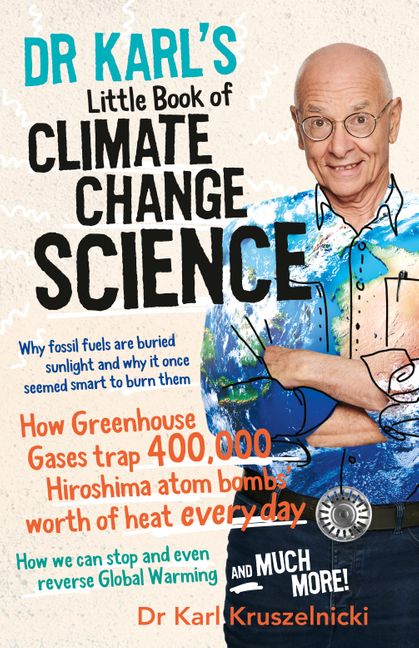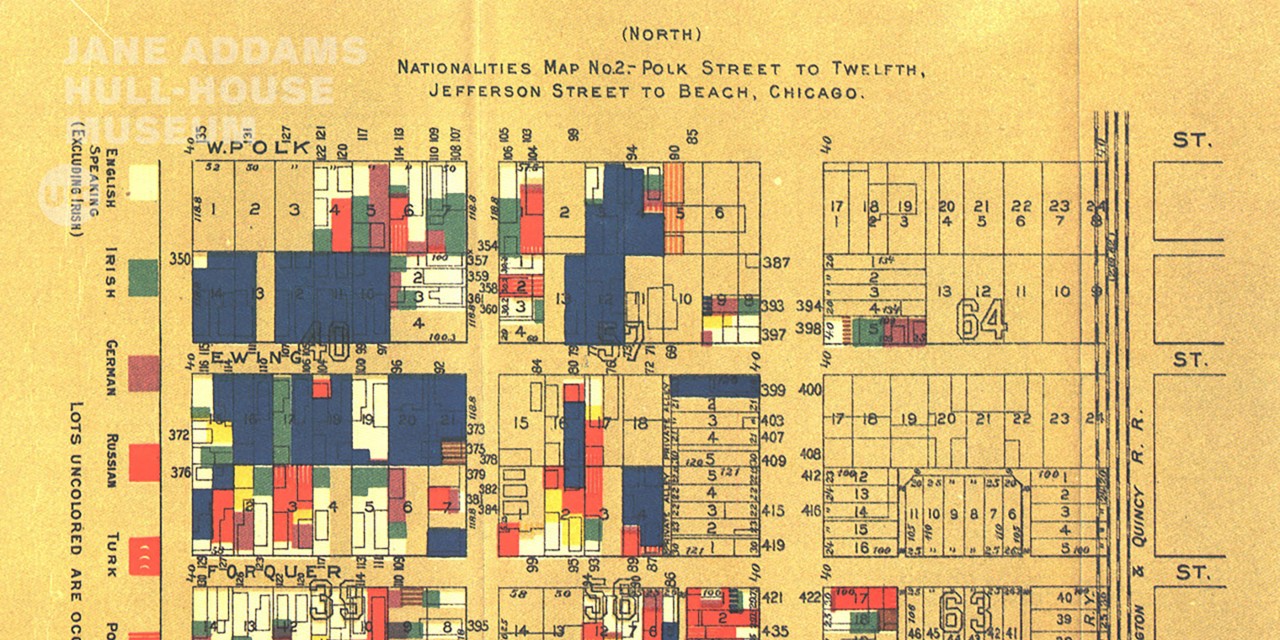
South Korea to Launch Carbon-Emissions Futures in 2026 to Strengthen Climate Action
Introduction of Carbon-Emissions Futures by Korea Stock Exchange
The Korea Stock Exchange (KRX), South Korea’s primary stock exchange, is set to introduce carbon-emissions futures contracts in 2026. This initiative represents a significant advancement in the country’s emissions-trading system, aligning closely with its climate ambitions and commitment to the Sustainable Development Goals (SDGs), particularly SDG 13 (Climate Action) and SDG 9 (Industry, Innovation, and Infrastructure).
Details of the Futures Contracts
- Futures contracts will be linked to Korean Allowance Units (KAUs), which are tradable permits allocated to companies to cap greenhouse gas emissions.
- The introduction aims to improve liquidity in the carbon market.
- It will provide businesses with effective tools to manage risks associated with emissions costs.
Supporting Sustainable Development Goals
- SDG 13 – Climate Action: The futures market will support South Korea’s net-zero emissions target by 2050 and its goal to reduce emissions by 40% from 2018 levels by 2030.
- SDG 8 – Decent Work and Economic Growth: By enhancing market predictability, the futures contracts will promote sustainable economic growth and business resilience.
- SDG 12 – Responsible Consumption and Production: The system encourages companies to optimize their carbon allowances, fostering responsible environmental management.
Implementation Timeline and Market Mechanisms
- Consignment trading will commence in the latter half of 2025, allowing companies to sell unused carbon allowances via a third-party auction platform.
- This mechanism promotes flexibility and broader participation in the carbon market.
- The full launch of carbon-emissions futures is scheduled for 2026.
Addressing Challenges in South Korea’s Carbon Market
Since the introduction of its cap-and-trade system in 2015, South Korea has encountered challenges including low trading activity and price volatility. The launch of carbon futures is designed to:
- Enhance market liquidity and stability.
- Provide businesses with better risk management tools.
- Strengthen the overall effectiveness of the carbon market.
Alignment with National and Global Climate Goals
Despite South Korea’s current reliance on fossil fuels, the country has committed to becoming carbon neutral by 2050. This commitment aligns with the Paris Agreement and the United Nations’ Sustainable Development Agenda. The futures market initiative supports these goals by:
- Encouraging emission reductions through market-based incentives.
- Facilitating sustainable industrial innovation and infrastructure development (SDG 9).
- Promoting inclusive economic growth while addressing environmental sustainability.
Conclusion
South Korea’s introduction of carbon-emissions futures represents a strategic move to bolster its carbon market and advance its climate objectives. This development not only supports environmental sustainability but also contributes to economic stability and growth, embodying the integrated approach advocated by the Sustainable Development Goals.
1. Sustainable Development Goals (SDGs) Addressed or Connected
- SDG 13: Climate Action – The article focuses on South Korea’s efforts to reduce greenhouse gas emissions and achieve carbon neutrality by 2050, directly addressing climate action.
- SDG 9: Industry, Innovation and Infrastructure – The introduction of carbon-emissions futures and enhancement of the emissions-trading system reflects innovation in market mechanisms and infrastructure for sustainable industrial development.
- SDG 12: Responsible Consumption and Production – By promoting emissions trading and carbon market liquidity, the article touches on sustainable consumption and production patterns.
- SDG 8: Decent Work and Economic Growth – The futures market aims to provide businesses with predictability and risk management tools, supporting sustainable economic growth.
2. Specific Targets Under Those SDGs
- SDG 13 – Target 13.2: Integrate climate change measures into national policies, strategies, and planning. South Korea’s cap-and-trade system and carbon futures market are examples of policy integration.
- SDG 13 – Target 13.3: Improve education, awareness-raising and human and institutional capacity on climate change mitigation. The article implies institutional capacity building through market mechanisms.
- SDG 9 – Target 9.4: Upgrade infrastructure and retrofit industries to make them sustainable, with increased resource-use efficiency and greater adoption of clean and environmentally sound technologies. The carbon market supports this transition.
- SDG 12 – Target 12.2: Achieve the sustainable management and efficient use of natural resources. The emissions trading system encourages efficient use of carbon allowances.
- SDG 8 – Target 8.4: Improve progressively, through 2030, global resource efficiency in consumption and production. The futures market provides economic tools for better resource management.
- SDG 13 – Target 13.a: Implement the commitment undertaken by developed-country parties to the UNFCCC to a goal of mobilizing jointly $100 billion annually by 2020 to address the needs of developing countries in climate change mitigation and adaptation. While South Korea is a developed economy, its market mechanisms contribute to global climate finance frameworks.
3. Indicators Mentioned or Implied in the Article
- Indicator 13.2.2: Total greenhouse gas emissions per year. The article references South Korea’s pledge to reduce emissions by 40% from 2018 levels by 2030, implying measurement of annual emissions.
- Indicator 13.1.1: Number of countries with national and local disaster risk reduction strategies. Implied through national policy measures like the cap-and-trade system.
- Market indicators: Trading volume and liquidity of carbon allowances and futures contracts, which measure the effectiveness and participation in the emissions trading system.
- Price volatility of carbon allowances: Mentioned as a challenge, this can be an indicator of market stability and effectiveness.
- Progress towards carbon neutrality: Measured by reductions in net greenhouse gas emissions, aligned with South Korea’s 2050 carbon neutrality goal.
4. Table of SDGs, Targets, and Indicators
| SDGs | Targets | Indicators |
|---|---|---|
| SDG 13: Climate Action |
|
|
| SDG 9: Industry, Innovation and Infrastructure |
|
|
| SDG 12: Responsible Consumption and Production |
|
|
| SDG 8: Decent Work and Economic Growth |
|
|
Source: carbonherald.com






